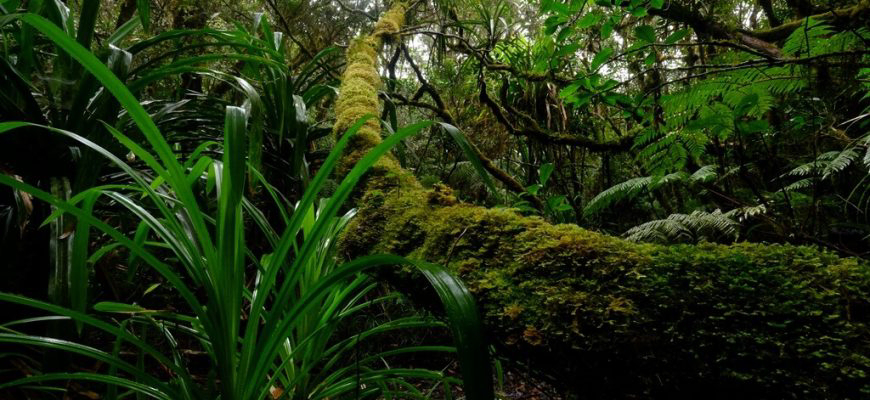If you're planning to visit the Eastern Visayas region of the Philippines, don't forget to explore Kuapnit Balinsasayao National Park. This protected area covers 364 hectares and straddles the municipalities of Abuyog and Baybay on Leyte island. The park is a nature lover's paradise, with its lush forests, towering peaks, and diverse wildlife. If you're up for an adventure, here's what you can expect at Kuapnit Balinsasayao National Park.
Getting There
Kuapnit Balinsasayao National Park is accessible by land, air, and sea. The nearest airport is in Tacloban City, which is around 2-3 hours away by road. From Tacloban, you can take a bus or van to the park. If you're coming from Manila, there are daily flights to Tacloban via major airlines. You can also take a ferry from Cebu to Ormoc or Palompon, both of which are less than 2 hours away from the park.
Park Entrance and Fees
Upon arriving at the park's entrance, you will be greeted by friendly staff who will assist you with registration and payment of entrance fees. As of this writing, the entrance fee for adults is Php 40, while students and seniors get a discount. If you're planning to camp or stay overnight, there are additional fees for tents and cottages.
Hiking Trails
The park has several hiking trails that cater to different levels of fitness and experience. The most popular trail is the Lobi-Lobi-Tabionan Circuit, which takes around 4-5 hours to complete. This trail will take you to the park's highest peak, Mount Lobi, which stands at 1,346 meters above sea level. You will also pass by Mount Burauen Graben, Mount Camaiyak, and Mount Maganjan, all of which offer stunning views of the surrounding landscape.
Wildlife Spotting
Kuapnit Balinsasayao National Park is home to a variety of wildlife, many of which are endemic to the Philippines. Some of the park's notable bird species include the Samar hornbill, Visayan broadbill, and yellow-breasted tailorbird. If you're lucky, you might also spot a tarsier, a small nocturnal primate that is closely related to lemurs. Other animals that inhabit the park include Philippine deer and Philippine warty pig.
Waterfalls
Aside from the lakes, the park is also home to several waterfalls that provide a refreshing respite from the heat. One of the most accessible waterfalls is the Balay-gyo Falls, which is located near the park's entrance and can be reached by a short hike. Other waterfalls that are worth checking out include Busay Falls and Mahayahay Falls.
Flora and Fauna
Kuapnit Balinsasayao National Park boasts of a rich and diverse array of flora and fauna. The park's vegetation consists of both lowland and montane rainforests, and is home to over 800 plant species, including medicinal plants and rare orchids. As for fauna, aside from the bird and mammal species mentioned earlier, the park is also home to several reptiles and amphibians, including the Philippine Cobra and the Giant Golden Gecko.
Camping and Accommodations
If you're planning to stay overnight, the park has several camping and accommodation options. You can rent tents or cottages, or bring your own camping gear. There are also basic amenities such as toilets and showers. If you're not keen on camping, there are also several resorts and homestays around the park.
Tips for Visitors
To make the most out of your visit to Kuapnit Balinsasayao National Park, here are some tips:
1. Wear comfortable shoes and clothing. Bring a hat, sunscreen, and insect repellent.
2. Pack plenty of water and snacks. There are no stores inside the park, so make sure you bring enough supplies for your hike or picnic.
3. Respect the park's rules and regulations. Do not litter, take only pictures, and leave only footprints.
4. Be mindful of wildlife. Do not disturb or feed the animals, and keep a safe distance.
Kuapnit Balinsasayao National Park is a gem hidden in the heart of Leyte. With its breathtaking scenery, diverse wildlife, and unique attractions, it is a must-visit destination for nature lovers and adventure seekers. Make sure to put it on your itinerary for your next trip to the Eastern Visayas region.






No comments:
Post a Comment